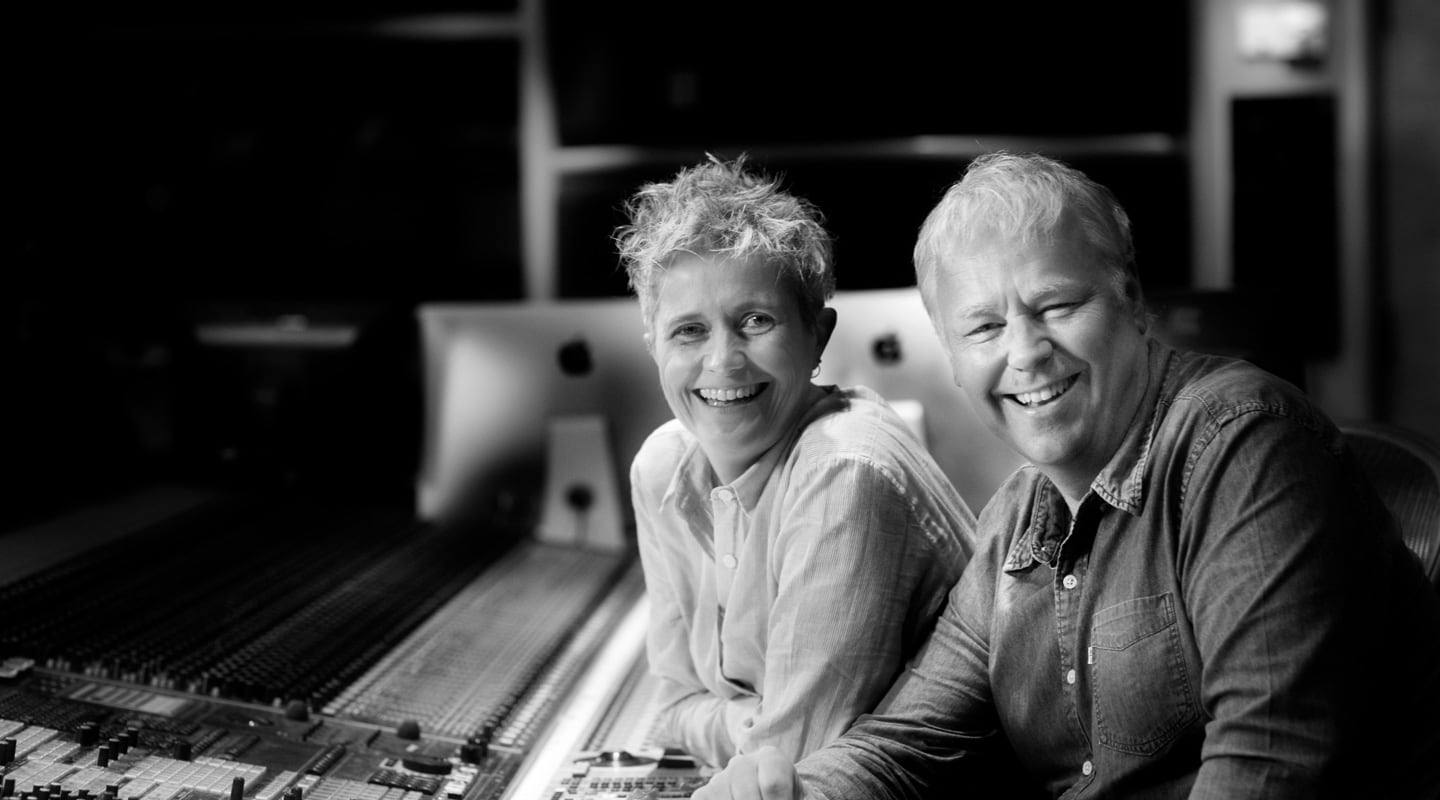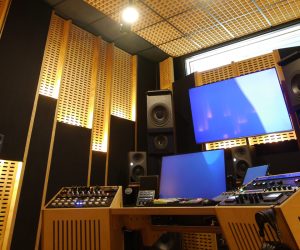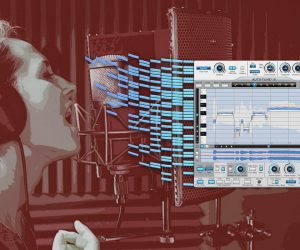
Mixing it up in an IP World
What happens when you mix two top-tier film mixers and a swathe of the best analogue gear? Such Sweet Thunder of course.
Australian engineer Pete Cobbin started his career as an EMI trainee in Sydney before heading over to the UK in 1995 for a job at Abbey Road Studios. While there, he began working with Kirsty Whalley and the two soon gained a formidable reputation as top class film mixers. Four years ago, they set up their own London-based Dolby Atmos room, Such Sweet Thunder, and are now using AoIP and state-of-the-art analogue and digital technology to create amazing audio for large and small screens.

CREATING THE RIGHT ATMOS
AT: Why did you decide to set up your own Dolby Atmos mixing room?
Pete: We had many ideas for our ideal room but the only way to achieve what we wanted and change how we worked with clients was to step outside the Abbey Road comfort zone and go it alone.
Kirsty: We wanted to be more artistically involved in the projects we were handling and get more involved with productions at a planning stage. Having our own production space allows us more flexibility about how we manage our projects and business.
AT: What were you aiming to achieve with Such Sweet Thunder?
Pete: We wanted to service the needs of today’s fast turnaround film industry. This meant building a mix room that could react quickly and efficiently and tackle anything. We also wanted to combine analogue technology into our digital workflow.
Kirsty: We had a wish list of equipment we liked and lots of general ideas that we brought into the design of this room. Everything was about detail and quality. We spurred each other on to push the boundaries, which was very exciting.

THUNDER DESK?
AT: The centrepiece of this room is the ‘thunderDesk’. How did that come about?
Pete: We designed it to solve the limitations and frustrations we had experienced when mixing on traditional desks. I wanted a desk that allowed me to face forward towards the monitors, not sideways on because I was dealing with the DAW. That was our starting point, so we created a desk that allowed us to do this — and more.
Kirsty: The thunderDesk is a moving fader production console with SSL faders and a MIDI controller and handmade keyboard instrument that allows us to play piano through the desk’s built-in speakers. The work surface is flexible so that we can be fully involved in the creative process as artists as well as engineers. The desk has its own integrated 9.1 speaker system and two built-in touchscreens so we can stream music or the radio, the internet or digitally from a laptop. At the back of the desk are retractable, high resolution displays with video switching for our multiple Pro Tools rigs. These can be completely lowered when we are focusing on listening and watching films. The desk also has two custom levelling valve amplifiers, a large main monitor pot, an integrated 1960s vintage mixer for music playback, a Grace monitoring controller and controls for the studio lighting, temperature and listening modes.
AT: Such Sweet Thunder packs lots of analogue outboard gear. How are you incorporating it into a digital workflow?
Kirsty: We like using hardware units that are not part of the ‘in the box’ systems most film score mixers use. To build the right Pro Tools system for our needs we had to look at I/O and think carefully about how we wanted to work. We like to run a 7.1/Dolby Atmos surround mix and a separate mix for our stereo, so it’s a completely different path within the machine. The stereo mix goes out analogue and through some of the choice pieces of equipment we have built up over many years. This meant we needed the best converters possible for the stereo because we wanted our analogue path and gear to sound as good possible.
Pete: We use high quality Horus converters to incorporate our hardware outboard units into our Pro Tools systems. We bought our first Horus and used it for analogue summing with a stereo chain, in conjunction with some of our old valve equipment.
Kirsty: We were blown away by the way it sounded so we started using it with more analogue gear and using it as inserts within Pro Tools. We knew it could be great but because our workflow is quite complicated it took us a while to work out how best to use it. We finally figured that out when we took our Pro Tools rig to Glasgow to record a violin concerto for composer Danny Elfman. The venue was equipped with Merging Technologies’ Hapis and Horus units, which meant we could simply plug into the network and experience the power of audio over IP. It was amazing and we realised we could do this in our own mix room. Instead of having microphones everywhere, we could have all our lovely analogue equipment networked together and pull in what we wanted whenever we wanted it. We now have six Horus AD/DA Audio Interfaces and two Anubis desktop interface units, which are fabulous because they can manage a large number of IP streams. Our main computer has three Horus attached to it so every HDX path in and out of Pro Tools can be on the network.
AT: Your mixing credits are extensive. What projects have you worked on recently?
Kirsty: Recent projects include Little Women, The Two Popes, Spider-man: Far From Home, Maleficent: Mistress of Evil, Knives Out and Jojo Rabbit. We’ve also been doing preliminary work on the next Batman movie, which is scheduled for release in 2021, and a TV series about Catherine the Great.

















RESPONSES